About Dry Fruit Modak
This Dry Fruit Modak recipe is again my mother’s special recipe. During Ganesh Chaturthi, she makes this and a few more varieties including the traditional modak. I would say that as much as I like the original steamed modak, this one made with a mix of dry fruits is also a delicious one. Dry Fruit Modak recipe is similar to that of ukadiche modak. Only the stuffing is different, which consists of dry fruits, sugar and khoya or mawa. But after shaping, the modak are steamed in a steamer pan just like the traditional version. The nuts and dry fruits that I have used for the filling are cashews, almonds, pistachios, dates and golden raisins. Along with these, the addition of chironji (charoli), poppy seeds (khus khus) and fresh grated coconut makes it simply sumptuous. You’ll actually end up eating small balls of this mixture while making the Dry Fruit Modak! I have steamed these modak on turmeric leaves which impart an extra unique flavor and aroma. The speciality of these leaves is that they belong to my home terrace garden. So, completely fresh and organic. Try growing your own plants at home and using them in cooking, you’ll know the difference.
How to make Dry Fruit Modak
Prepare Dough
- Keep all the ingredients ready for making modak. Then, chop all the dry fruits, nuts and set aside. 2. In a pan or vessel, pour 1.5 cups water. Place the pan on a stovetop on medium to high heat.
- Add ¼ teaspoon salt.
- Allow the water to come to a rolling boil.
- Reduce the heat and add the rice flour gradually. This is 1 cup rice flour.
- Quickly stir and mix the flour with water.
- Mix well and switch off the heat.
- Cover the mixture with a lid for 4 to 5 minutes.
- Then, transfer the mixture to a thali or plate.
- Allow the mixture to slightly cool down. Knead the dough while its still warm but take care not to burn your fingers.
- The dough should be soft and smooth.
- Cover the dough with a damp linen cloth or bottom napkin and allow it to rest for 10 to 12 minutes.
Prepare Dry Fruit Stuffing
- Meanwhile, start preparing the filling or stuffing for the modak. Heat a pan and add 1 tablespoon ghee. You can also use any neutral flavored oil instead of ghee.
- Then, add all the following listed dry fruits and nuts:
¼ cup finely chopped almonds1.5 tablespoons finely chopped pistachios2 tablespoons finely chopped cashews4 to 5 finely chopped seedless dates1 tablespoon chironji1 tablespoon raisins
- Begin stirring on low heat.
- After 1 to 2 minutes, the mixture will be slightly roasted and turn fragrant. Remove from the pan and set aside on a plate.
- In the same pan, sauté 1 teaspoon poppy seeds (khus khus) in 1 teaspoon ghee for a minute on low heat.
- When the poppy seeds crackle, remove and add it to the bowl with the roasted dry fruit mixture.
- Next, heat a pan and keep the heat to a low. Add 100 grams grated or chopped khoya (mawa) in it. I have used a non-stick pan for cooking the khoya as it might burn or stick in any metal vessel.
- Keep stirring on low heat for a minute. The khoya will begin to melt.
- Now, add ¼ cup sugar.
- Mix very well.
- Keep stirring the mixture. The sugar will melt and the mixture will get a thin consistency.
- The mixture will start bubbling.
- Then, add ¼ cup fresh grated coconut.
- Stir again on low heat for a minute.
- Add the roasted dry fruit-poppy seeds mixture.
- Keep stirring and mixing for a minute more on low heat.
- Switch off the heat.
- Transfer the cooked dry fruit filling mixture to another dish and let it become warm or cool down completely.
- If you are using turmeric leaves, then cut them and place them on individual idli moulds. Otherwise just grease the idli moulds or steaming plates with some oil or ghee.
Prepare Dry Fruit Modak
- Make small balls from the dough. They should be smooth and have no cracks. Some may get cracks, so just rub some water on your palm and shape them again into balls to get rid of the cracks.
- Take the modak mould. Grease it with a little ghee or oil. Close or lock the mould. Put a small dough ball in the mould.
- Press the rice dough on the walls of the mould creating a cavity or space in the center. If you do not have the moulds, then you can flatten the balls. Place the dry fruit filling mixture in the center. Make small pleats, bring all the edges together and join. Refer for the method in my Ukadiche Modak Recipe.
- Add the dry fruit mixture in the cavity.
- Place a small piece of the dough covering the base, gently smoothen and even it.
- Open or unlock the mould gently.
- Gently remove the modak.
- Keep the modak on the turmeric leaves placed on an idli tray or greased idli moulds. You can also place the modak on a greased round baking pan.
Steam Dry Fruit Modak
- Either you can use a steamer pan or you can steam the modak in a pressure cooker for 8 to 10 minutes on low heat without the whistle/vent weight. If using a steamer pan, add 2½ cups water to the pan. Let the water come to a boil.
- Then, place the idli tray with the modaks in the steamer. Cover the pan with a lid and steam for 10 to 15 minutes on a low heat.
- Below is a picture of the steamed modak.
- Once the modak are steamed, remove them from the pan and keep aside.
- Dry Fruit Modak is ready to be offered to Bhagwan Ganesha. You can also drizzle some ghee on the modak, before offering to Bhagwan Ganesha.
Expert Tips
Please be sure to rate the recipe in the recipe card or leave a comment below if you have made it. For more vegetarian inspirations, Sign Up for my emails or follow me on Instagram, Youtube, Facebook, Pinterest or Twitter. Suji ka Halwa Recipe (Sheera Recipe) Besan ke Laddu Recipe (Easy Diwali Sweet) Puran Poli Recipe Boondi Laddu | Boondi ke Ladoo This Dry Fruit Modak post from the blog archives first published in August 2016 has been republished and updated on 30th July 2022.
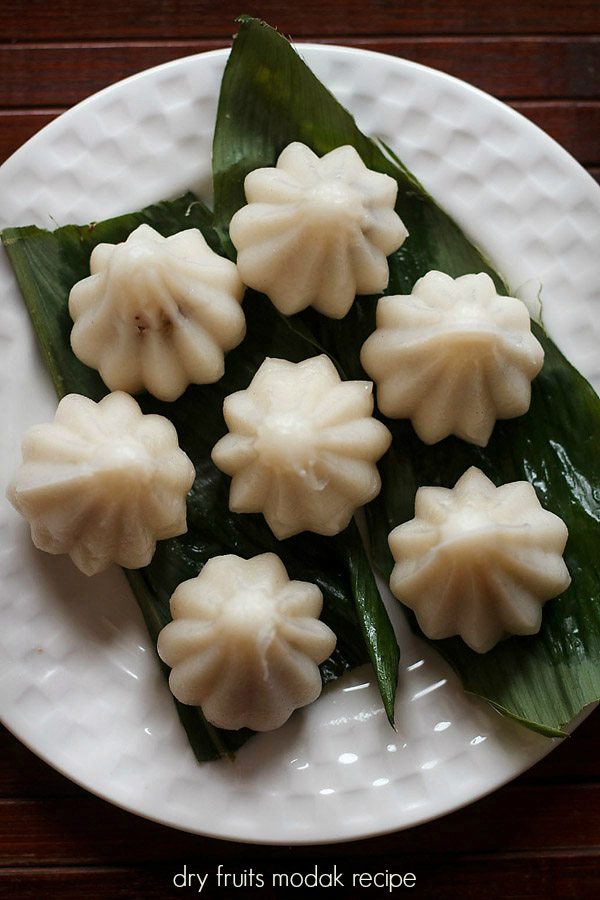
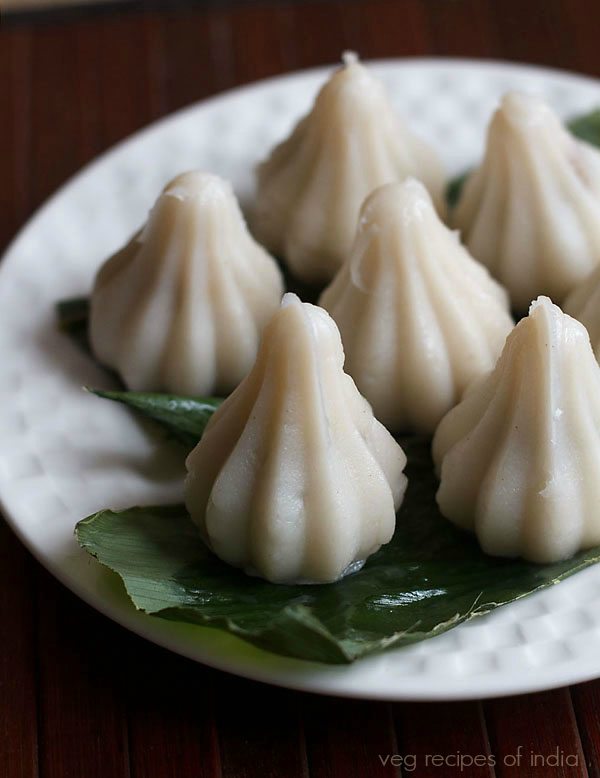
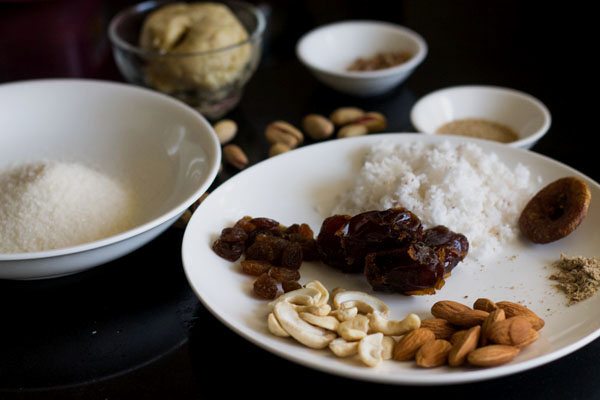
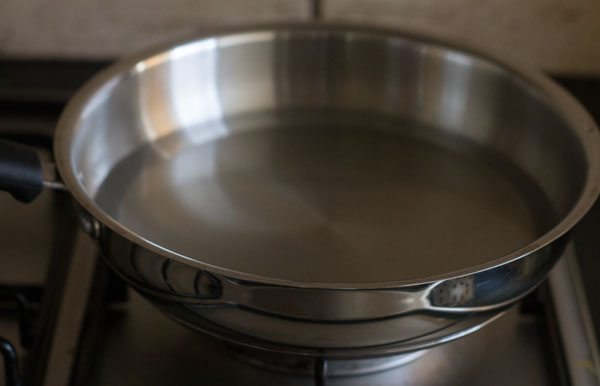

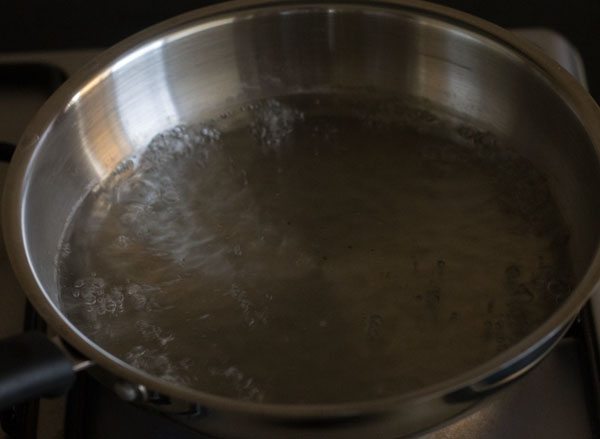
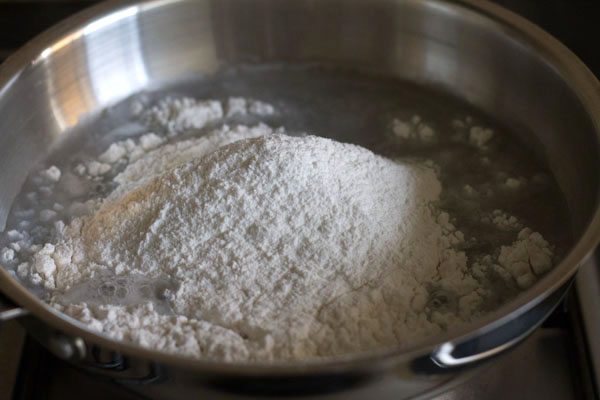
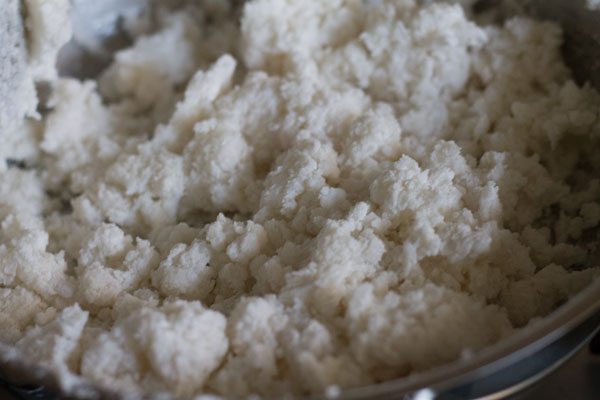
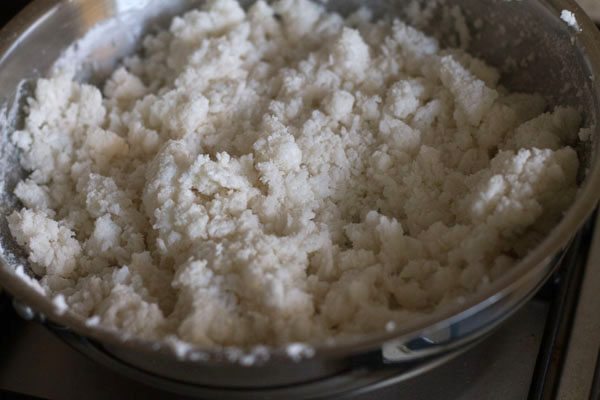
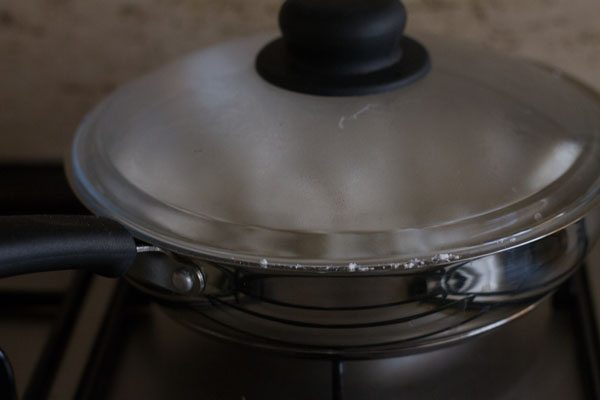
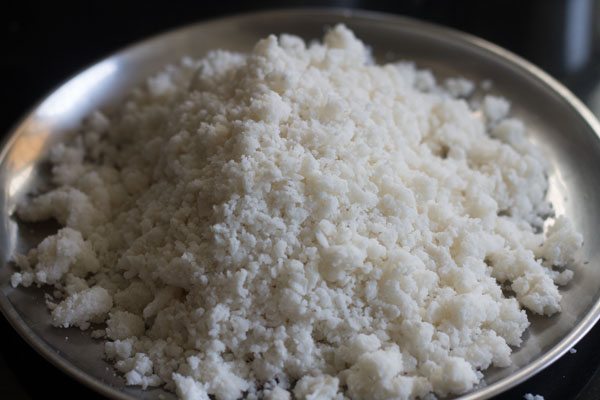
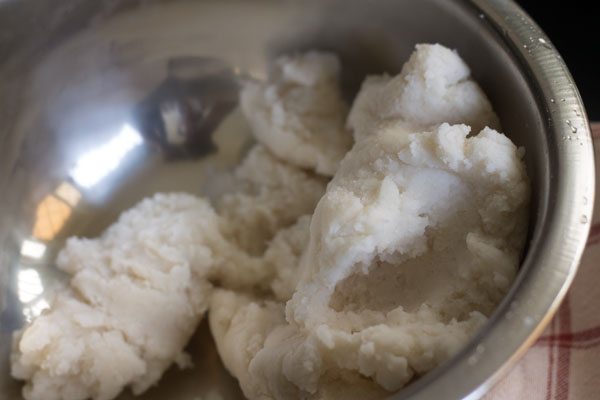
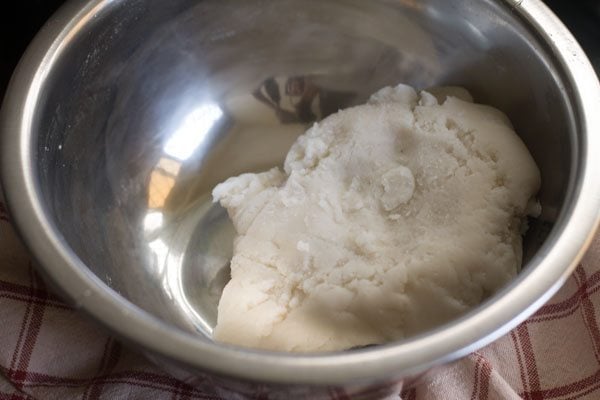
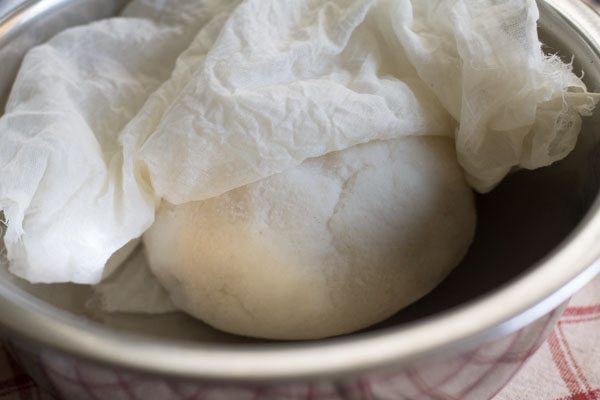
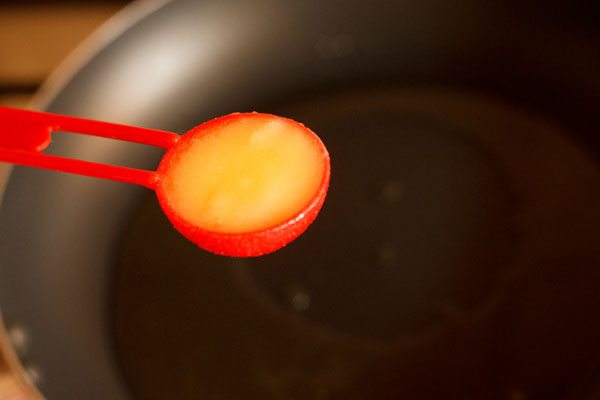
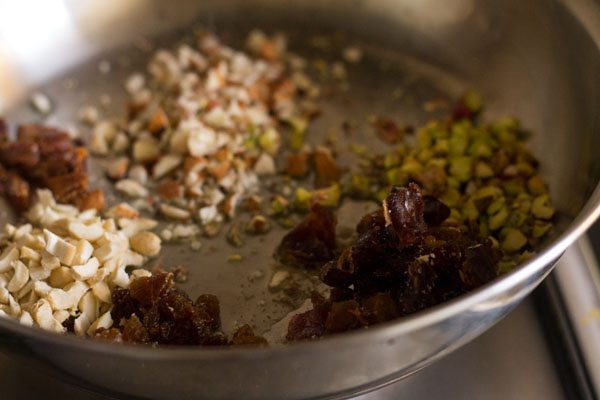
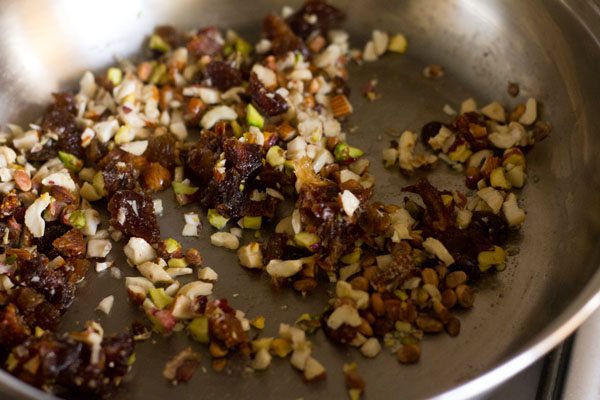
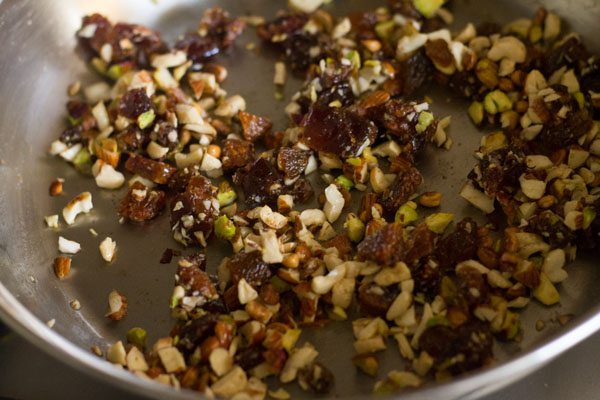
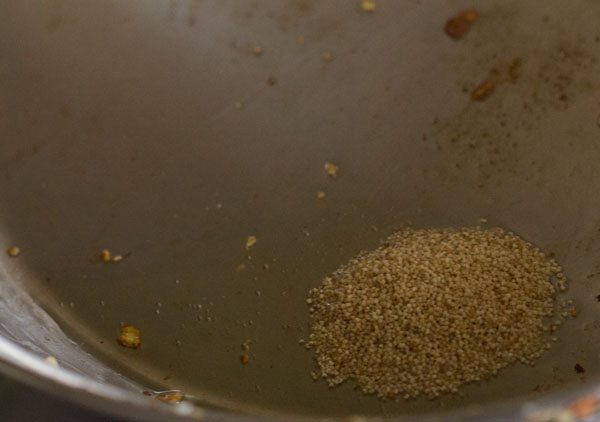
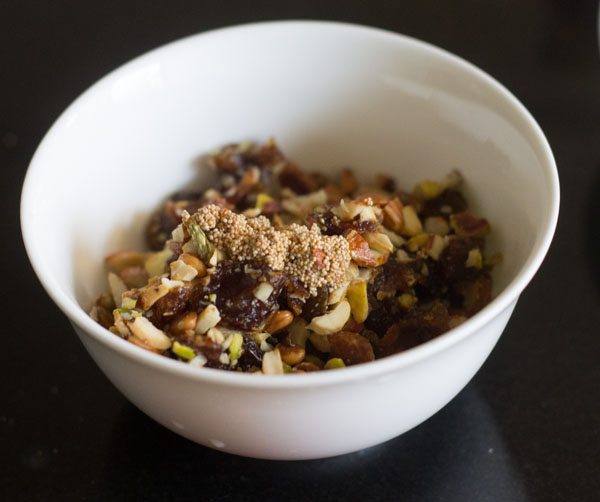
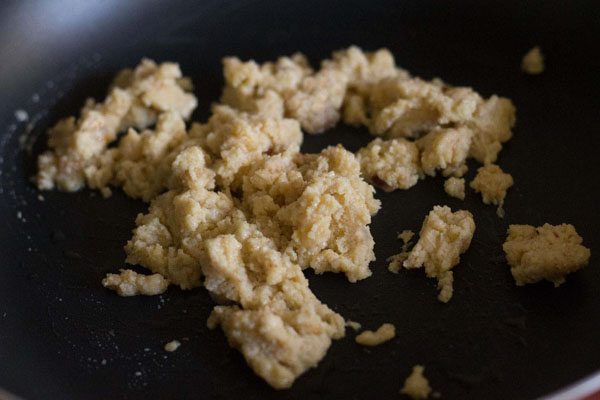
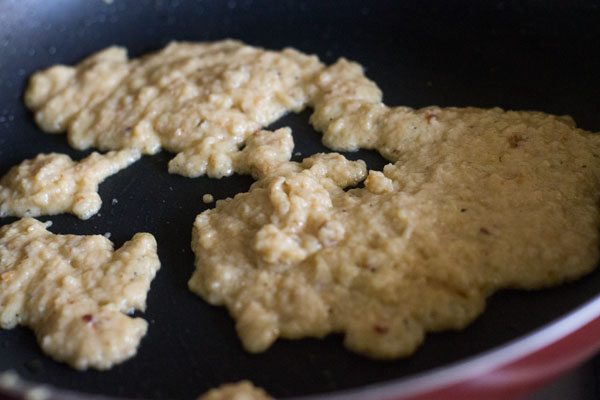
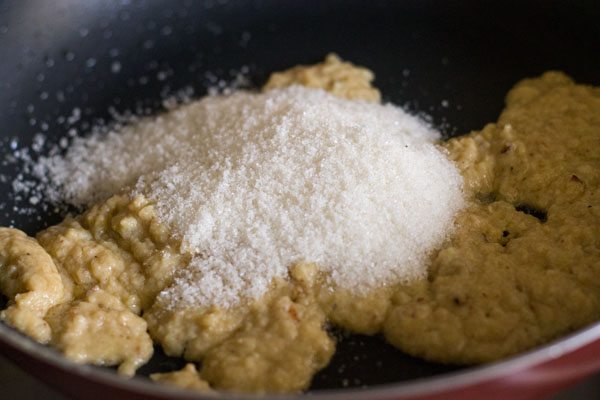
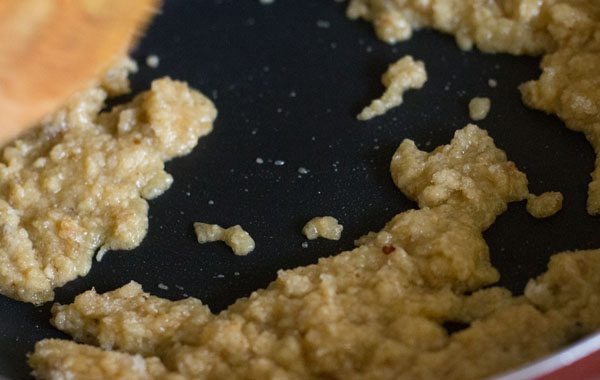
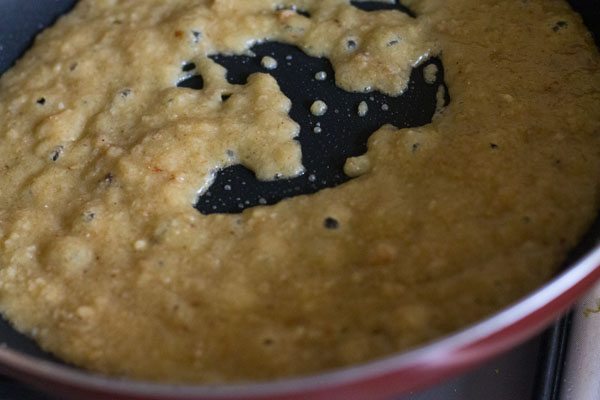
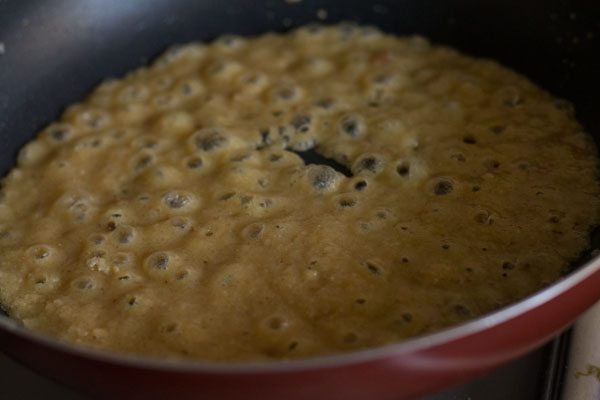
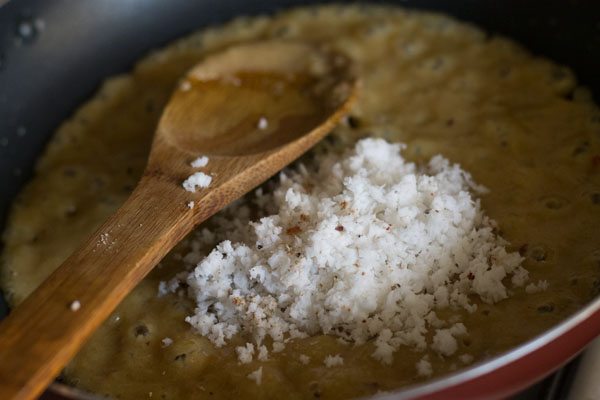
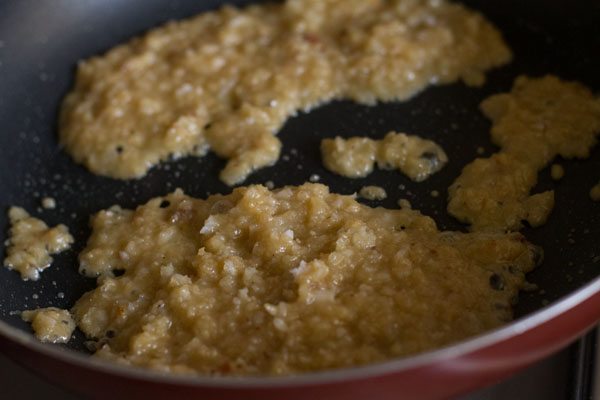
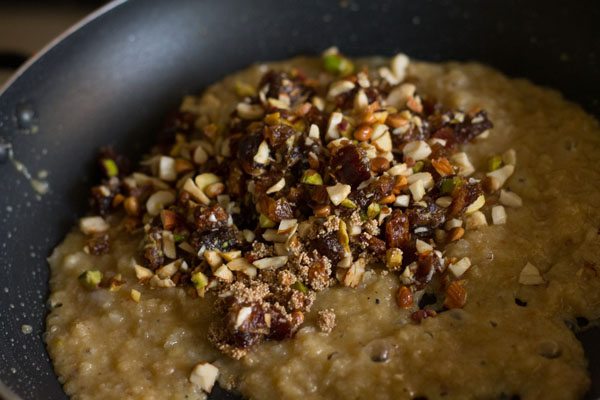
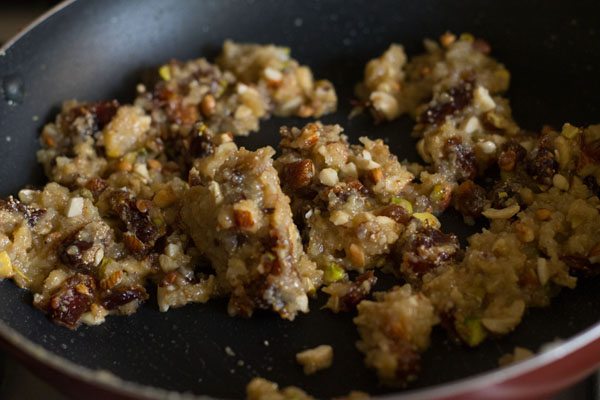
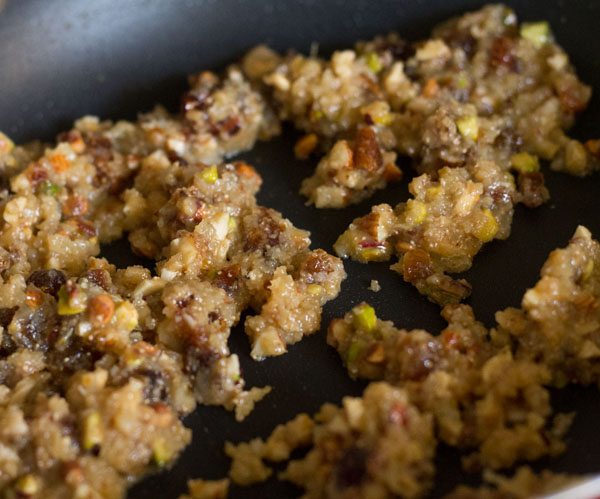
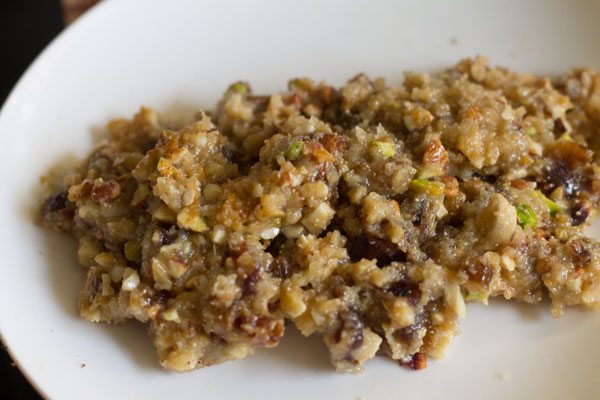
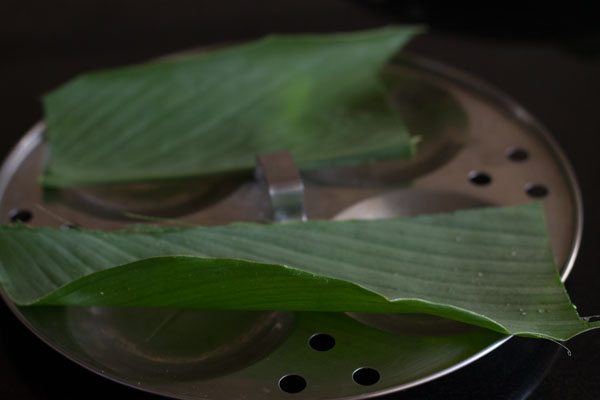
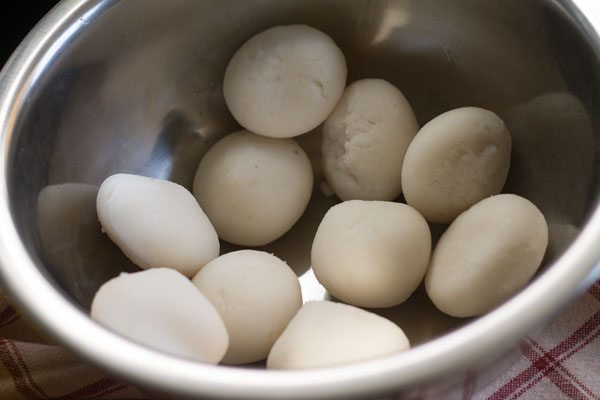
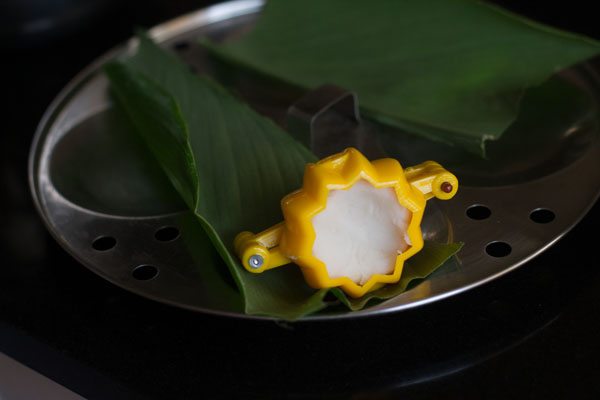
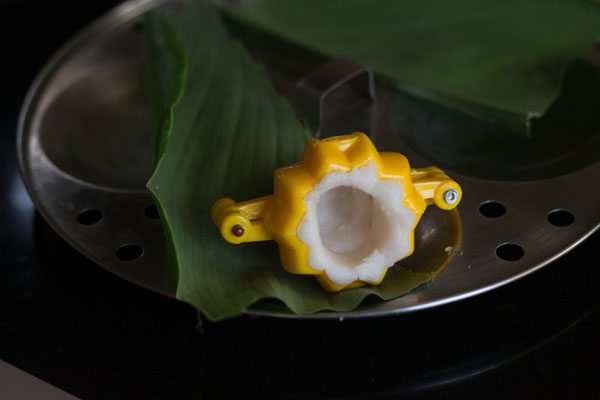
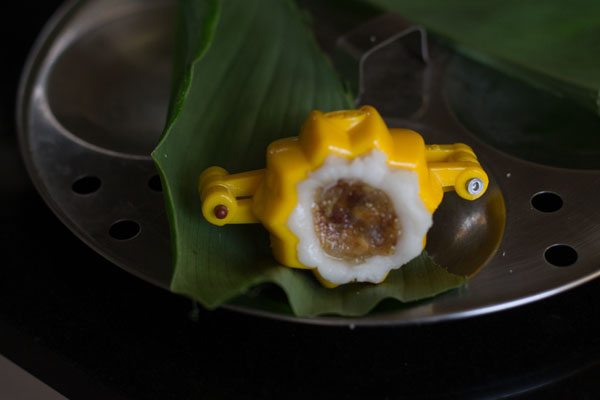
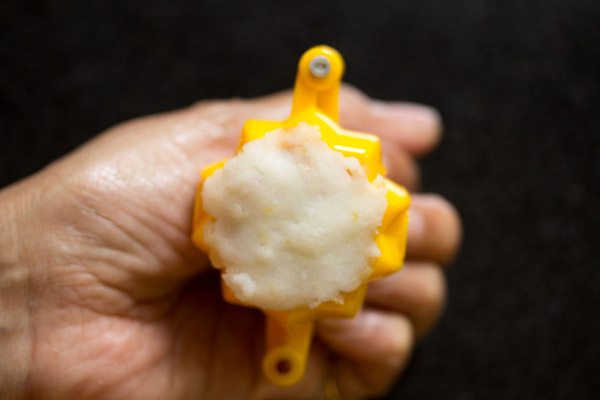
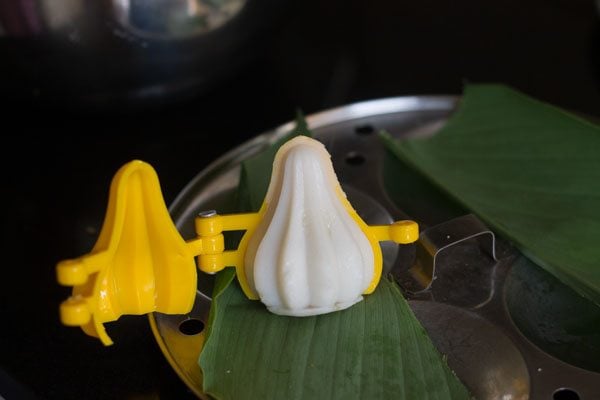
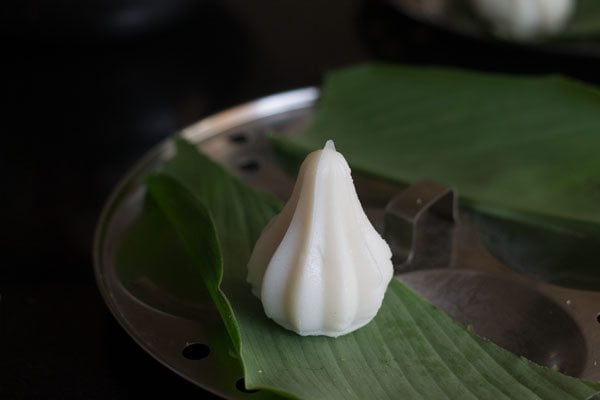
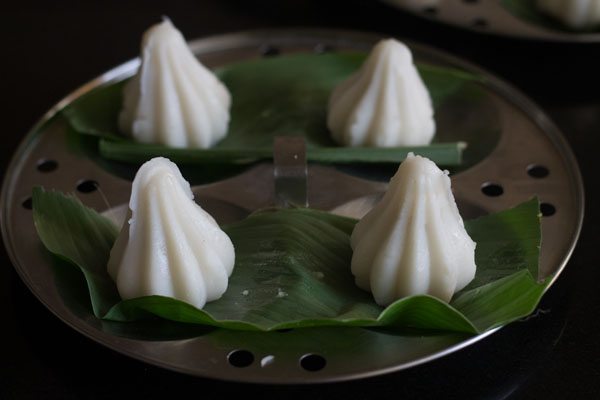
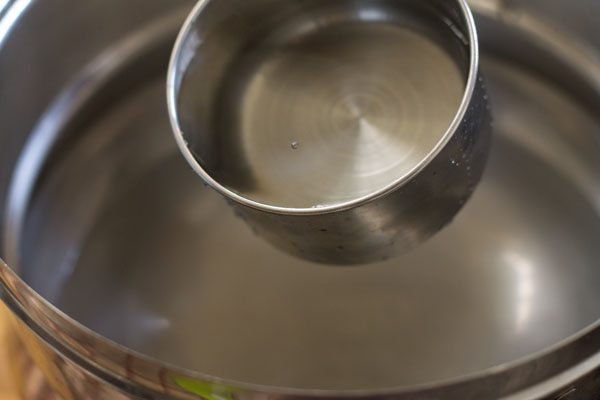
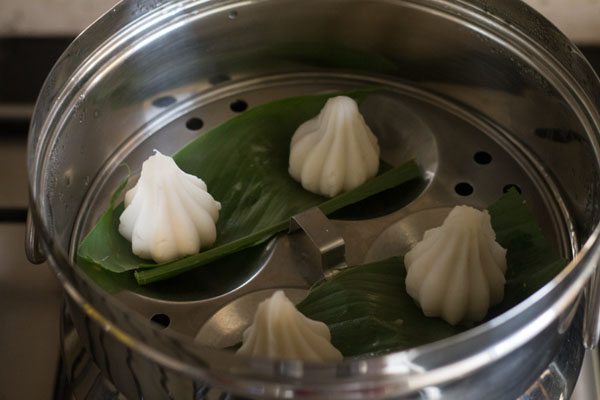
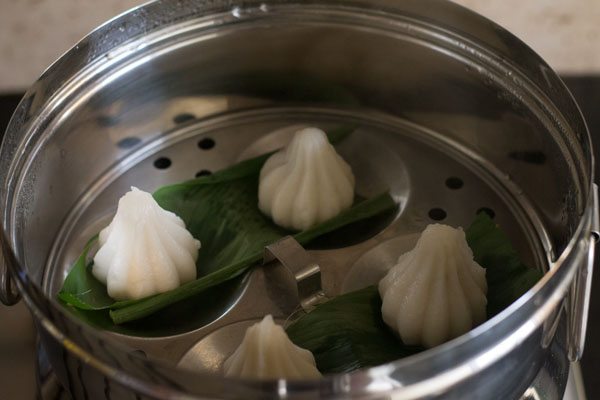
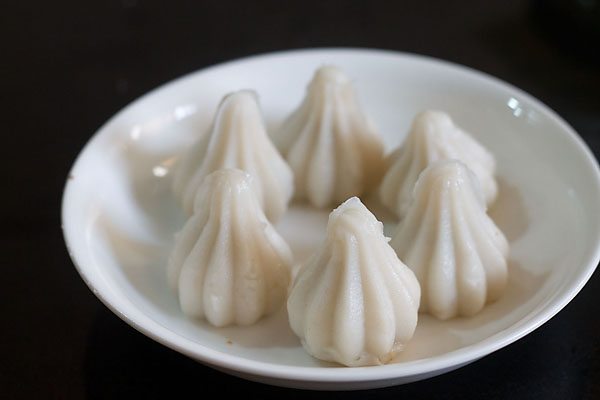
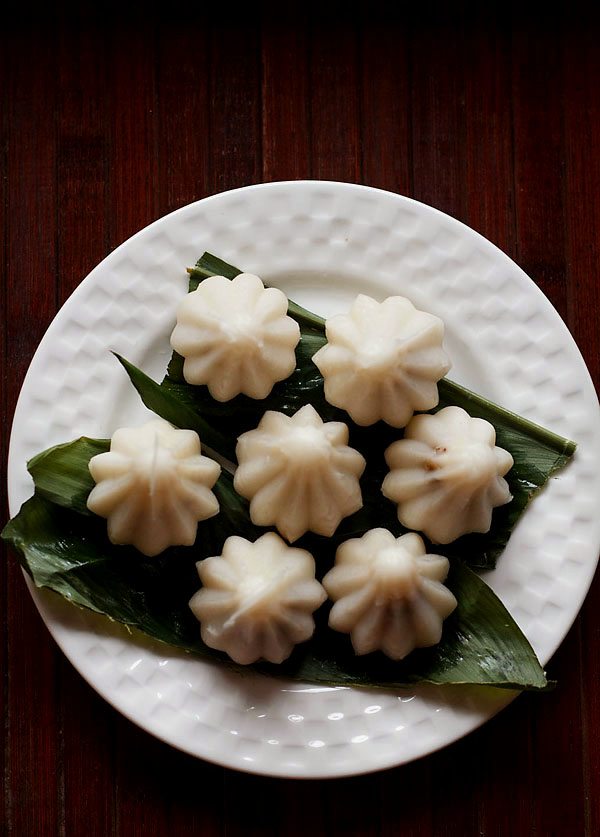
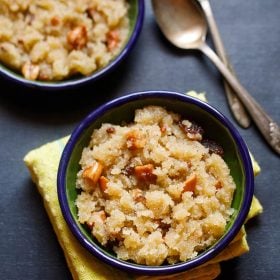
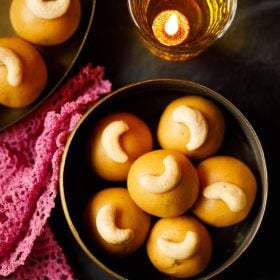
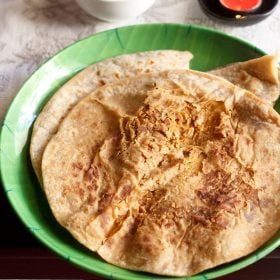
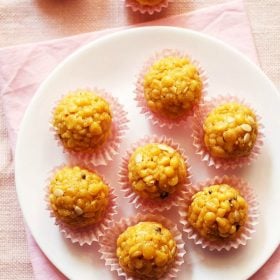
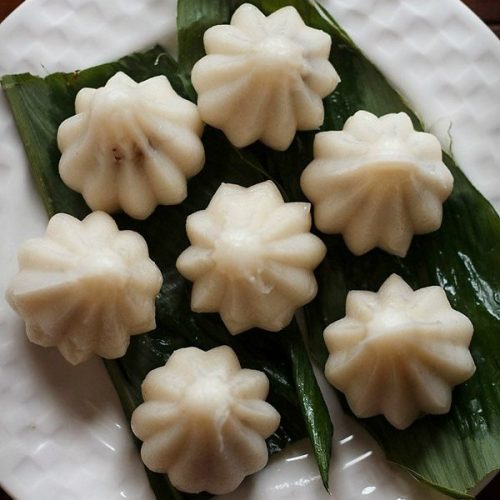
title: “Dry Fruit Modak " ShowToc: true date: “2024-09-14” author: “John Beck”
About Dry Fruit Modak
This Dry Fruit Modak recipe is again my mother’s special recipe. During Ganesh Chaturthi, she makes this and a few more varieties including the traditional modak. I would say that as much as I like the original steamed modak, this one made with a mix of dry fruits is also a delicious one. Dry Fruit Modak recipe is similar to that of ukadiche modak. Only the stuffing is different, which consists of dry fruits, sugar and khoya or mawa. But after shaping, the modak are steamed in a steamer pan just like the traditional version. The nuts and dry fruits that I have used for the filling are cashews, almonds, pistachios, dates and golden raisins. Along with these, the addition of chironji (charoli), poppy seeds (khus khus) and fresh grated coconut makes it simply sumptuous. You’ll actually end up eating small balls of this mixture while making the Dry Fruit Modak! I have steamed these modak on turmeric leaves which impart an extra unique flavor and aroma. The speciality of these leaves is that they belong to my home terrace garden. So, completely fresh and organic. Try growing your own plants at home and using them in cooking, you’ll know the difference.
How to make Dry Fruit Modak
Prepare Dough
- Keep all the ingredients ready for making modak. Then, chop all the dry fruits, nuts and set aside. 2. In a pan or vessel, pour 1.5 cups water. Place the pan on a stovetop on medium to high heat.
- Add ¼ teaspoon salt.
- Allow the water to come to a rolling boil.
- Reduce the heat and add the rice flour gradually. This is 1 cup rice flour.
- Quickly stir and mix the flour with water.
- Mix well and switch off the heat.
- Cover the mixture with a lid for 4 to 5 minutes.
- Then, transfer the mixture to a thali or plate.
- Allow the mixture to slightly cool down. Knead the dough while its still warm but take care not to burn your fingers.
- The dough should be soft and smooth.
- Cover the dough with a damp linen cloth or bottom napkin and allow it to rest for 10 to 12 minutes.
Prepare Dry Fruit Stuffing
- Meanwhile, start preparing the filling or stuffing for the modak. Heat a pan and add 1 tablespoon ghee. You can also use any neutral flavored oil instead of ghee.
- Then, add all the following listed dry fruits and nuts:
¼ cup finely chopped almonds1.5 tablespoons finely chopped pistachios2 tablespoons finely chopped cashews4 to 5 finely chopped seedless dates1 tablespoon chironji1 tablespoon raisins
- Begin stirring on low heat.
- After 1 to 2 minutes, the mixture will be slightly roasted and turn fragrant. Remove from the pan and set aside on a plate.
- In the same pan, sauté 1 teaspoon poppy seeds (khus khus) in 1 teaspoon ghee for a minute on low heat.
- When the poppy seeds crackle, remove and add it to the bowl with the roasted dry fruit mixture.
- Next, heat a pan and keep the heat to a low. Add 100 grams grated or chopped khoya (mawa) in it. I have used a non-stick pan for cooking the khoya as it might burn or stick in any metal vessel.
- Keep stirring on low heat for a minute. The khoya will begin to melt.
- Now, add ¼ cup sugar.
- Mix very well.
- Keep stirring the mixture. The sugar will melt and the mixture will get a thin consistency.
- The mixture will start bubbling.
- Then, add ¼ cup fresh grated coconut.
- Stir again on low heat for a minute.
- Add the roasted dry fruit-poppy seeds mixture.
- Keep stirring and mixing for a minute more on low heat.
- Switch off the heat.
- Transfer the cooked dry fruit filling mixture to another dish and let it become warm or cool down completely.
- If you are using turmeric leaves, then cut them and place them on individual idli moulds. Otherwise just grease the idli moulds or steaming plates with some oil or ghee.
Prepare Dry Fruit Modak
- Make small balls from the dough. They should be smooth and have no cracks. Some may get cracks, so just rub some water on your palm and shape them again into balls to get rid of the cracks.
- Take the modak mould. Grease it with a little ghee or oil. Close or lock the mould. Put a small dough ball in the mould.
- Press the rice dough on the walls of the mould creating a cavity or space in the center. If you do not have the moulds, then you can flatten the balls. Place the dry fruit filling mixture in the center. Make small pleats, bring all the edges together and join. Refer for the method in my Ukadiche Modak Recipe.
- Add the dry fruit mixture in the cavity.
- Place a small piece of the dough covering the base, gently smoothen and even it.
- Open or unlock the mould gently.
- Gently remove the modak.
- Keep the modak on the turmeric leaves placed on an idli tray or greased idli moulds. You can also place the modak on a greased round baking pan.
Steam Dry Fruit Modak
- Either you can use a steamer pan or you can steam the modak in a pressure cooker for 8 to 10 minutes on low heat without the whistle/vent weight. If using a steamer pan, add 2½ cups water to the pan. Let the water come to a boil.
- Then, place the idli tray with the modaks in the steamer. Cover the pan with a lid and steam for 10 to 15 minutes on a low heat.
- Below is a picture of the steamed modak.
- Once the modak are steamed, remove them from the pan and keep aside.
- Dry Fruit Modak is ready to be offered to Bhagwan Ganesha. You can also drizzle some ghee on the modak, before offering to Bhagwan Ganesha.
Expert Tips
Please be sure to rate the recipe in the recipe card or leave a comment below if you have made it. For more vegetarian inspirations, Sign Up for my emails or follow me on Instagram, Youtube, Facebook, Pinterest or Twitter. Suji ka Halwa Recipe (Sheera Recipe) Besan ke Laddu Recipe (Easy Diwali Sweet) Puran Poli Recipe Boondi Laddu | Boondi ke Ladoo This Dry Fruit Modak post from the blog archives first published in August 2016 has been republished and updated on 30th July 2022.


















































